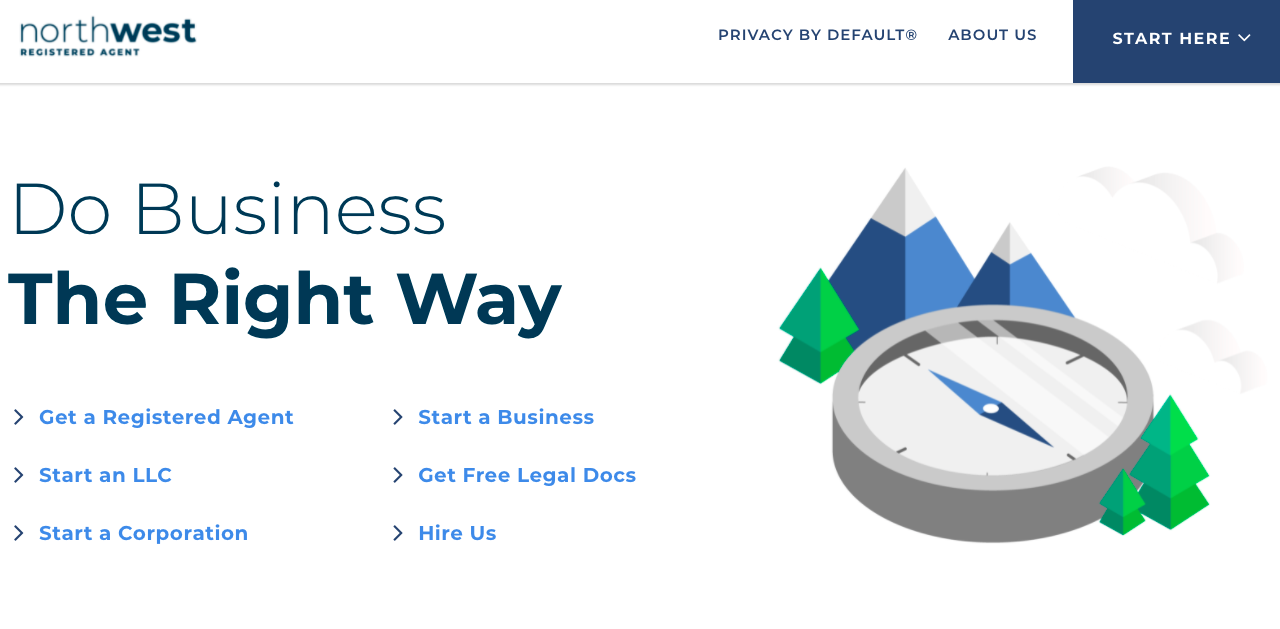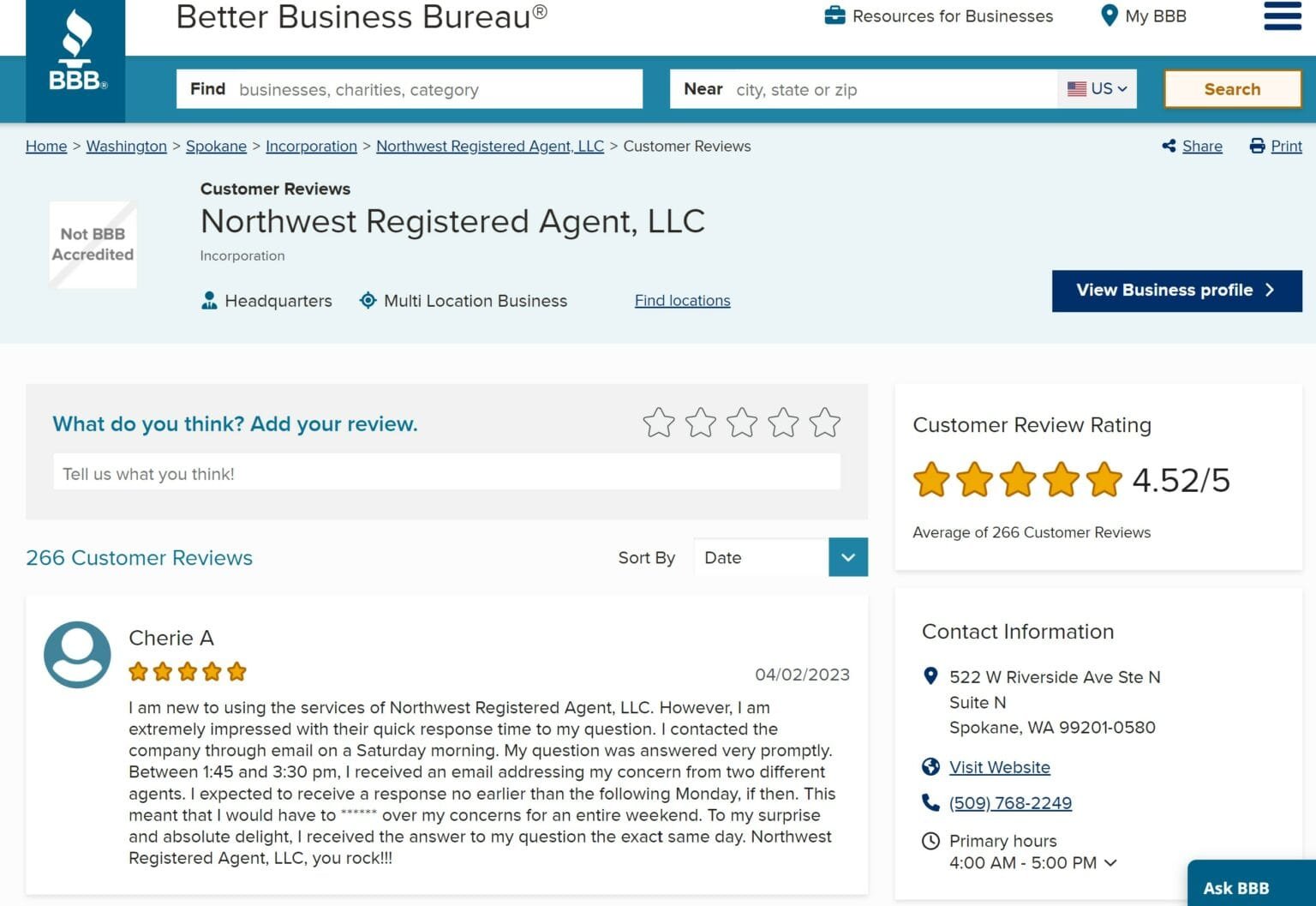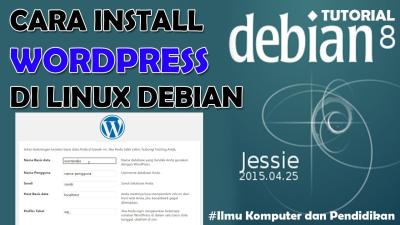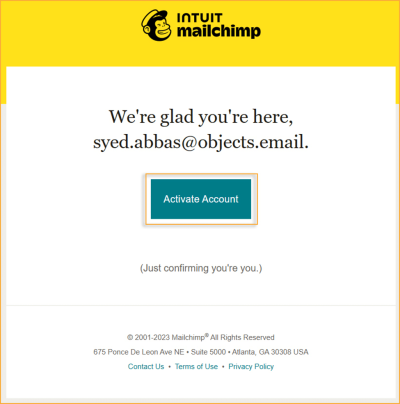Having your WordPress site go offline can be a real headache, especially if you’re relying on it for business or personal projects. If you’re using Northwest Registered Agent as your service provider and suddenly find your site unavailable, don’t panic. Sometimes, the issues are simple to fix, and other times, they might need a bit of troubleshooting. In this post, we’ll walk through what you can do when your WordPress site is down, helping you get back online quickly and smoothly.
Common Reasons Why Your WordPress Site Might Be Down

Before jumping into fixes, it’s helpful to understand some of the most common reasons why your WordPress site might be experiencing downtime. Knowing the cause can save you time and frustration. Here are some typical culprits:
- Hosting Server Issues: Sometimes, the server hosting your website might be down due to maintenance, outages, or overloads. If the server isn’t running properly, your site will be inaccessible.
- Domain Name Problems: If your domain registration has expired or DNS settings are misconfigured, visitors won’t be able to find your site. Checking your domain status is a good first step.
- Plugin or Theme Conflicts: Updates or new installations can sometimes cause conflicts that crash your site. Incompatible or poorly coded plugins/themes are common culprits.
- Malware or Security Breaches: If your site has been compromised, it might be taken offline automatically or become inaccessible due to security measures.
- Exhausted Resources: Hosting plans have limits on bandwidth, storage, or CPU usage. Exceeding these can temporarily disable your site until the issue is resolved.
- Database Connection Errors: If WordPress can’t connect to its database, you’ll see errors like “Error establishing a database connection.” This can happen due to corrupted database files or server issues.
- Configuration Errors: Incorrect settings in wp-config.php or other configuration files can prevent your site from loading properly.
Understanding these common causes helps you narrow down the problem faster. In the next sections, we’ll explore practical steps to diagnose and fix each of these issues, so you can get your Northwest Registered Agent WordPress site back online with confidence.
3. Steps to Troubleshoot Your Northwest Registered Agent WordPress Site

So, your WordPress site hosted through Northwest Registered Agent is suddenly down, and you’re probably feeling a bit overwhelmed. Don’t worry — many issues are fixable with a few straightforward steps. Let’s walk through some practical troubleshooting methods to identify and hopefully resolve the problem.
Step 1: Verify Your Internet Connection
Before diving into technical fixes, make sure your own internet connection isn’t the culprit. Sometimes, local network issues can make your website seem unavailable. Try visiting other websites or run a quick speed test. If other sites load fine, then your connection is probably not the issue.
Step 2: Clear Your Browser Cache
Browsers store cached versions of websites to speed up loading times. Occasionally, this cache can cause display issues. Clear your browser cache or try opening your site in incognito mode or a different browser. If the site loads normally elsewhere, the problem might be on your end rather than the server’s.
Step 3: Check for WordPress Plugin or Theme Conflicts
Sometimes, a recent plugin update or theme change can bring down your site. To troubleshoot:
- Access your site’s admin panel, or if inaccessible, use FTP or your hosting file manager.
- Disable all plugins temporarily and see if the site comes back up.
- If it does, reactivate plugins one by one to identify the culprit.
- Similarly, switch to a default theme (like Twenty Twenty-Three) to rule out theme conflicts.
This process helps you pinpoint specific issues that might be causing your site to crash.
Step 4: Review Error Logs
Your hosting provider usually keeps error logs that can shed light on what’s going wrong. Check the logs for recent errors or warnings. If you’re unsure how to access them, contact Northwest Registered Agent support for guidance. These logs can reveal plugin errors, PHP issues, or other server-side problems.
Step 5: Temporarily Disable Caching and Security Plugins
Caching and security plugins are essential but can sometimes conflict, especially after updates. Temporarily disable these plugins to see if they’re causing the issue. If your site loads afterward, review plugin settings or consider updating them.
Remember, troubleshooting can sometimes be a process of elimination. Patience is key — if you’re stuck at any step, reaching out to your hosting provider’s support team can be a big help. They often have tools and insights to assist you in diagnosing the problem.
4. How to Check Server Status and Hosting Issues

When your WordPress site is down, it’s crucial to determine whether the problem stems from your hosting provider or the server itself. Here’s how you can check the server status and identify hosting-related problems:
Step 1: Use a Website Status Checker
Online tools like Down For Everyone Or Just Me or Is It Down Right Now? are quick ways to see if your site is down globally or just for you. Simply enter your website URL, and these tools will tell you if the server is reachable from their tests.
Step 2: Check Server Uptime and Status
Many hosting providers, including Northwest Registered Agent, offer status pages or dashboards where you can check server health. Log into your hosting account and look for any alerts or notifications about server outages or maintenance. If there’s an ongoing issue, the provider typically posts updates here.
Step 3: Contact Customer Support
If you suspect hosting issues but can’t find any status updates, don’t hesitate to reach out directly to Northwest Registered Agent’s support team. They can confirm if there’s an outage, scheduled maintenance, or other server-side problems affecting your site.
Step 4: Check Server Response with Command Line or Terminal
If you’re comfortable using command-line tools, you can use commands like ping or traceroute to test server responsiveness:
- Ping: Open your terminal and type
ping yourdomain.com. If you get replies, the server is responding, but it might still be experiencing issues. - Traceroute: Use
traceroute yourdomain.com(ortracerton Windows) to see the path your connection takes. This can help identify where delays or failures occur.
Note: Some servers block ping requests for security reasons, so lack of response doesn’t always mean the server is down.
Step 5: Review Hosting Service Notifications
Sometimes, hosting providers perform scheduled maintenance or experience outages that are announced via email, social media, or their status pages. Check these channels for updates. If an outage is confirmed, your best bet is to wait until the provider resolves the issue.
In summary, determining whether the problem is with your server or elsewhere is a vital step. Using these checks, you can better understand the root cause and decide on the appropriate next steps—whether it’s waiting for hosting support to resolve an outage or continuing your troubleshooting on your end.
5. Diagnosing Plugin and Theme Conflicts

One of the most common reasons your WordPress site might be experiencing issues is because of conflicts between plugins and themes. These conflicts can cause your site to crash, display errors, or behave unexpectedly. The good news is that diagnosing and resolving these problems is often straightforward if you approach it systematically.
First, start by pinpointing whether a recent change caused the issue. Think back to any recent updates or new installations—did you add a new plugin or update an existing one? If so, that’s a strong candidate for causing the conflict.
Step-by-step troubleshooting:
- Deactivate all plugins: Access your site via FTP or your hosting control panel and rename the
pluginsfolder (e.g., toplugins-old). This effectively deactivates all plugins. - Check your site: Visit your website and see if it loads correctly. If it does, then a plugin is likely the culprit.
- Reactivate plugins one by one: Rename the folder back to
plugins, then activate each plugin individually through your WordPress admin dashboard. After activating each plugin, refresh your site to see if it crashes again. - Identify the problematic plugin: When the site crashes after activating a specific plugin, you’ve found your culprit. Deactivate or delete that plugin and look for alternatives or contact the plugin developer for support.
Testing themes:
If deactivating plugins doesn’t resolve the issue, your theme might be causing the problem. Switch to a default WordPress theme like Twenty Twenty-Three:
- Go to Appearance > Themes in your WordPress dashboard.
- Activate a default theme.
- Check if your site loads properly.
If your site works fine with the default theme, the issue is likely with your previous theme. Contact your theme developer or consider switching to a different theme.
Pro tip:
Always keep your plugins and themes updated to prevent conflicts. Regular updates often include bug fixes and compatibility improvements that keep everything running smoothly.
6. Restoring Your WordPress Site from Backup
If troubleshooting doesn’t fix the problem, restoring your site from a backup can be a lifesaver. Think of backups as your safety net—if something goes wrong, they allow you to revert to a working state without losing all your content and settings.
Before proceeding, ensure you have a recent backup. If not, check with your hosting provider or your backup plugin to see what backups are available.
Steps to restore your site from a backup:
- Identify your backup source: Whether it’s your hosting provider’s backup system, a plugin like UpdraftPlus, BackupBuddy, or another tool, locate the backup file.
- Download the backup files: Save a copy to your local computer for safety.
- Follow the restoration process: Most backup plugins have a straightforward restore option. Usually, you upload the backup file via the plugin interface and click “Restore.”
- Restore database and files: Depending on your backup, you might need to restore both the database and WordPress files (themes, plugins, uploads).
- Test your site: After restoration, visit your site to ensure everything is back to normal. Clear your browser cache and any caching plugins to see the latest version.
Important tips:
- Backup before restoring: Always create a current backup before proceeding, just in case something goes wrong.
- Seek professional help if needed: If you’re unsure about restoring backups or encounter errors, don’t hesitate to contact your hosting support or a WordPress developer.
Restoring from backup can be a quick fix to get your site back online after a crash or serious issues. It’s also a good reminder to regularly backup your site to avoid losing valuable content or configurations in the future.
7. Contacting Northwest Registered Agent Support for Assistance
If your WordPress site hosted through Northwest Registered Agent is unexpectedly down, the first step is to reach out to their support team. They’re there to help you troubleshoot and resolve issues quickly, so you don’t have to worry about prolonged downtime.
When contacting support, it’s helpful to be prepared with some key information:
- Your account details, such as your registered agent number or account email.
- A clear description of the problem—what exactly is happening, error messages, etc.
- The time when the issue started, so support can look into recent activity or changes.
- Any recent updates or changes you made to your WordPress site or hosting environment.
Most support teams, including Northwest Registered Agent, offer multiple ways to get assistance:
- Live chat: Fast and convenient for quick questions.
- Email support: Great for detailed descriptions or attaching error logs.
- Phone support: If you prefer talking to someone directly, this can be the fastest route for urgent issues.
When you contact support, stay calm and patient. Describe your issue clearly, and follow their instructions carefully. They might suggest troubleshooting steps like checking server status, restoring from backups, or adjusting your website configuration.
If the problem persists after their help, don’t hesitate to ask for escalation or additional assistance. Sometimes, downtime can be caused by server issues outside your control, but Northwest Registered Agent’s support team is usually well-equipped to help you navigate these challenges.
8. Preventing Future Website Downtime
While technical issues can happen unexpectedly, there are proactive steps you can take to minimize the chances of your WordPress site going down again. Prevention is always better than cure, especially when your website is a critical part of your business or personal brand.
Here are some practical tips to keep your site running smoothly:
1. Regular Backups
Always have recent backups of your website. Use reliable plugins like UpdraftPlus or BackupBuddy to schedule automatic backups. Store backups in multiple locations—cloud services like Google Drive or Dropbox are great options—so you can restore quickly if needed.
2. Keep Software Updated
WordPress, themes, and plugins should be updated regularly. Developers release updates to fix bugs and security vulnerabilities. Outdated software can lead to vulnerabilities that cause downtime or security breaches.
3. Use a Managed Hosting Provider
Consider hosting your WordPress site with a provider that specializes in managed WordPress hosting. These services often include automatic updates, security monitoring, and uptime guarantees, reducing the chances of unexpected outages.
4. Implement Security Measures
Security breaches can cause downtime or data loss. Use strong passwords, enable two-factor authentication, and install security plugins like Wordfence or Sucuri. Regular security scans can catch issues early before they escalate.
5. Monitor Your Site
Use uptime monitoring tools like Pingdom or UptimeRobot to keep an eye on your website’s status. These tools notify you immediately if your site goes offline, so you can respond promptly.
6. Optimize Server Resources
Ensure your hosting plan provides adequate resources—CPU, RAM, bandwidth—for your website’s traffic. Overloading a server can cause downtime. If your site grows, consider upgrading your hosting plan.
By taking these steps, you can significantly reduce the likelihood of future downtime and ensure your WordPress site remains accessible and secure. Remember, proactive maintenance and good security habits go a long way in keeping your digital presence strong and reliable.
Conclusion and Additional Resources
When your Northwest Registered Agent WordPress site experiences downtime, it’s essential to approach the situation systematically to minimize disruption. First, identify the root cause by checking your hosting provider’s status, reviewing recent updates or changes, and analyzing error messages. Common issues include server outages, plugin conflicts, or security breaches. Next, implement troubleshooting steps such as disabling recent plugins, restoring from backups, or contacting your hosting support for assistance.
Maintaining regular backups and keeping your WordPress core, themes, and plugins up to date can prevent many issues. Additionally, consider installing monitoring tools to receive prompt alerts about site performance problems. For ongoing support, utilize WordPress community forums, official support resources, and your hosting provider’s technical team.
| Resource | Description |
|---|---|
| WordPress Support Forums | A community-driven platform to seek advice and share solutions. |
| Hosting Provider Support | Official technical assistance for server-related issues. |
| Backup Plugins | Tools like UpdraftPlus or BackupBuddy to safeguard your site data. |
| Security Plugins | Plugins such as Wordfence or Sucuri to protect against threats. |
In conclusion, proactive maintenance and utilizing available resources can help you quickly resolve site downtime and ensure your WordPress site remains reliable and secure. Regularly reviewing your site’s health and staying informed about best practices will help you prevent future issues and maintain a seamless online presence.


